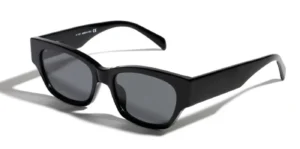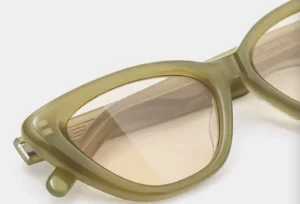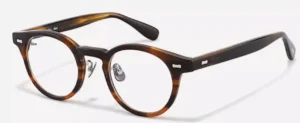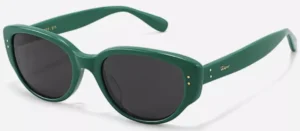How can sunglasses be organize to attract customers? Let’s explore some tips together with the sunglasses manufacturers.

According to statistics, a beautiful appearance can attract someone for an hour, while inner richness can attract someone for a week or even longer. Like people, an eyeglass store should have an attractive exterior to draw customers in and engaging displays to encourage exploration. By combining customer needs with product usability, a successful sale can be made.
1. Scientific Classification Method
Eyeglass stores carry a wide range of products to expand their offerings. Scientific classification organizes products logically, such as by age group or price range. For example, teenage glasses can be displayed at the entrance, mid-range glasses on the left, and high-end glasses on the right. This provides convenience for customers and store management. We commonly use this method to organize our sunglasses.

This method is the always method we use when organizing our sunglasses.
2. Frequent Change Method
Eyeglass stores sell fashionable products, so their displays should be updated regularly to keep up with the latest trends. Even if the products themselves don’t change much, updating the display, arrangement, and decoration can give the store a fresh look and attract customers. By using the frequent change method, the store can stay dynamic and appealing to customers.This method is the most commonly used method when we organize our sunglasses.

3. Convenient Combination Method
The convenient combination method involves grouping related products together, making it easier for customers to purchase complementary items. For example, placing sunglasses, polarized lenses, and SK lenses together can create a “360-degree UV protection zone,” while combining plano sunglasses and contact lenses makes shopping easier for customers. This method can increase sales and improve the shopping experience for customers in eyeglass stores.
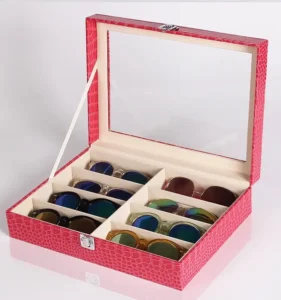
4. Recirculation Method
To increase sales, eyeglass stores can use the recirculation method by moving unsold styles to a different location and combining them with other styles to create a new artistic theme. This can create a fresh look and increase sales, such as with a “back-to-school” theme for teenage eyewear.
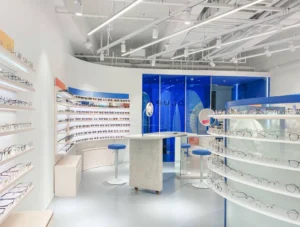
Moving eyeglasses from the back shelves to the front can also make them more eye-catching. By using this method and introducing new styles, the eyeglass store can maintain a constantly updated and fresh feel.
5. “One Person, Multiple Glasses” Method
Consumers often require different eyewear combinations for various occasions and purposes. Eyeglass stores can offer consultation services in addition to selling products. Combining products can be divided into single-person, couple, and family combinations, or tailored to individual needs. For example, stores can offer different lens and frame combinations, such as anti-fatigue lenses for office work, SK film lenses for business, and stylish sunglasses for travel.
6. Eyewear Decoration and Complementary Method
Eyeglass stores can enhance the artistic theme of their products by adding eyewear decorations. For example, children’s eyewear stores can decorate walls with child-friendly patterns, while bouquets of flowers can be placed near couple’s eyewear. Placing new and special products near older products can create a complementary effect. However, the products being highlighted must be of good quality and not overshadowed by the decorations.
7. Model Display Method
The most common way to sell eyeglasses is to directly showcase their effects to consumers. Stores can use model displays, such as beautiful salespeople, to enhance the presentation. In fact, the world’s first commercial model was a saleswoman.
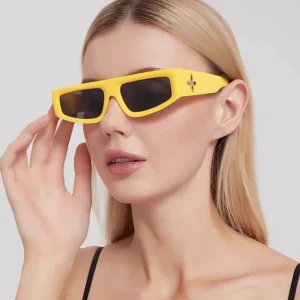
8. Effect Application Method
The overall effect of a store is the first thing people notice, which is influenced by factors such as music, lighting, and videos. Large stores set up childcare areas to maximize sales. Eyeglass stores can use large mirrors to expand the visual space and make it easier for customers to try on glasses.
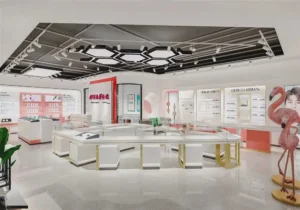
9. Meandering Path Method
The layout of eyeglass display cases in a store should encourage customer movement. For deep stores, an S-shaped aisle can lead customers inward. For square stores, display case arrangement can encourage customers to make multiple turns.
10. Summary of How to Organize Glasses
In conclusion, organizing glasses in a store requires considering various factors such as customer needs and preferences. Methods such as grouping, decoration, and model displays can enhance the presentation. The design of eyeglass display cases can create a sense of intrigue and engagement. These methods can help improve sales and provide a satisfying shopping experience for customers.
